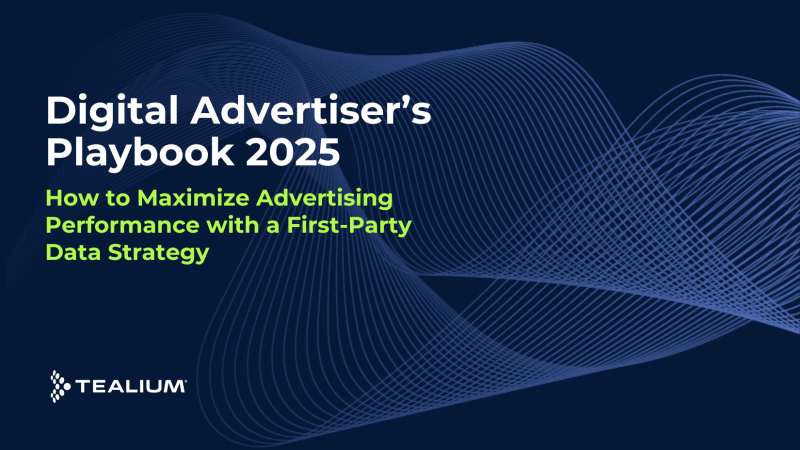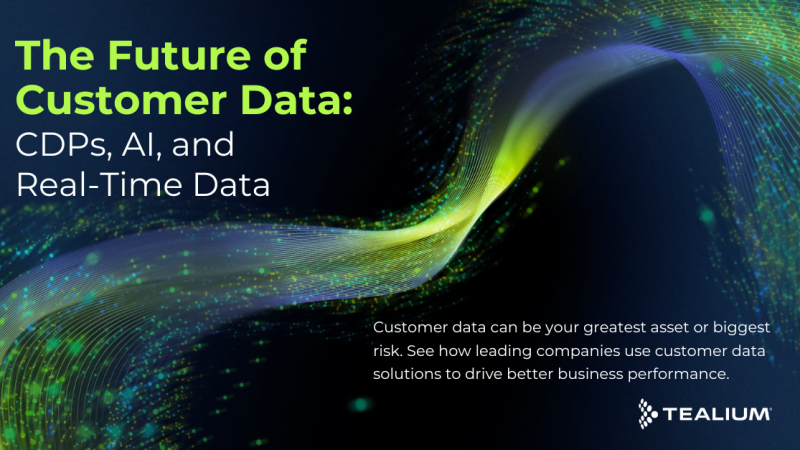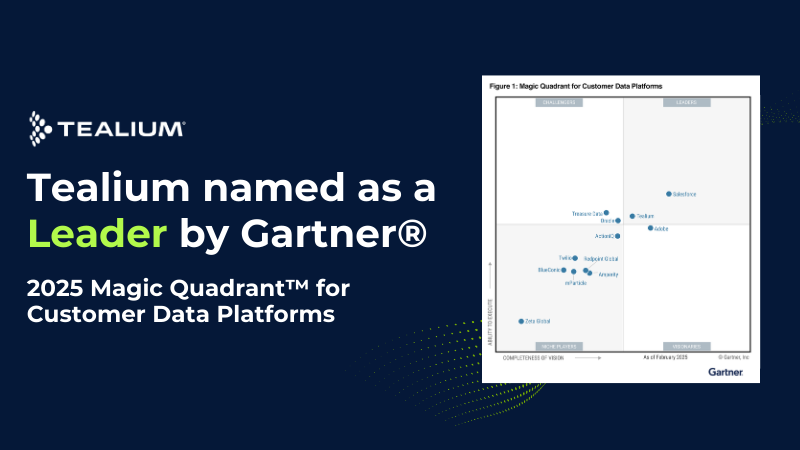
Challenge:
SPRING wants to create dynamic, highly personalized programmatic ads that will boost conversions and better monetize its ad spend.
Solution:
With Tealium iQ™ and AudienceStream™ Customer Data Platform, SPRING has the data foundation it needs to collect and personalize its programmatic advertising seamlessly.
Results:
With a centralized data platform, SPRING has been able to create dynamic, personalized advertising, improve operational efficiency, and better align teams.
The Push for Personalized Programmatic Advertising
As the biggest publisher in Europe, Axel Springer has two major pillars to its business – news media and classifieds. SPRING, a company within Axel Springer, helps manage the publisher’s different media brands, including selling web advertising for its different media websites and generating more paid print and digital subscriptions.
When Leonard Kehl, Senior Product Manager Data, and Robin Geier, Senior Display Marketing Manager, began working together at SPRING, the company was running static ads, and the display was mainly through external agencies.
SPRING’s audience segments were also quite large. “It was more like a one-to-many communication,” says Geier. Additionally, while they had the tech in place to run data-driven creative, they weren’t yet making full use of their data to do so.
“Seventy percent of campaign performance depends on your ads,” says Geier. “Even with all the DSPs out there and their targeting capabilities, if your creative doesn’t look good, your campaign is not going to go through the roof.”
Kehl and Geier both felt SPRING could do a better job monetizing their ads and increasing conversions if they applied data to help personalize their ads.
However, there were several roadblocks to achieving their goal. GDPR and ITP were two of their biggest issues, especially with Axel Springer located in Germany, which has one of the highest ad-blocking rates in Europe. “In the UK, the rate is around 20 percent, but in Germany, over 30 percent of ads are blocked at the moment,” notes Kehl.
They also needed to get better control of their first-party data — both so they could use it more intelligently to personalize their ads, and from a governance perspective. “With third-party vendors, they’re collecting your data points, they’re making use of those data points, and sometimes we felt unsure about how that data was being used. Is it just in our benefit or are they using it for other advertisers as well?” says Geier.
Tealium Makes Personalization Possible
SPRING started addressing their challenges by introducing Tealium AudienceStream™, a customer data platform (CDP), to their tech stack. Tealium iQ™, Tealium’s tag management solution, allowed SPRING to track every event and capture first-party data about their customers. It also allowed them to address ITP cookie blocking and GDPR compliance issues.
For instance, Tealium’s Consent Manager makes it easy for the publisher’s websites to prompt users to opt-in or opt-out of tracking. And, Tealium’s ability to add custom JavaScript to leverage Local Storage in the browser, made it possible for SPRING to have any values it wants persist longer than Apple’s cookie limit.
With those fundamental aspects of data management in place, SPRING focused next on its audience management. By streaming its backend data into Tealium AudienceStream, SPRING could store, manipulate, extract, or call its data. “We have a real-time rules engine, so based on various attributes, we build audience segments, and then we stream these audiences into our DSP,” says Kehl.
The process is much smoother and less complex than Kehl’s past experiences with audience targeting in a DSP. “Since this all happens server-side, there is no tech implementation needed anymore,” says Kehl, who is used to having to set a lot of conditions in the DSP to use numerous audience lists for retargeting or performance campaigns.
“It eases the work of the campaign manager. You can focus on optimizing instead of setting up the targeting because this is all now done in the CDP,” says Kehl. “And another nice thing is that AudienceStream works not only for programmatic but for cross-channel campaigns.”
On the execution side of things, SPRING was also able to build dynamic creative. Now, based on the audience they get from AudienceStream, they can swap out the call to action, color, text, headlines, and even subheads to target users with a personalized message depending on the audience’s specific interests.
Tealium Delivers Powerful Results Beyond Just Personalization
With dynamic creative ads that respond to multiple, granular audiences built in AudienceStream, SPRING can better personalize its programmatic advertising as they had hoped to do. But that’s just the tip of the iceberg of what they’ve achieved.
For starters, Tealium’s CDP, which ties into their DSP, ad creative, and ad server, has helped them to improve operational efficiency. “We have one set up. We have one feed. We make all the adjustments there. We do not have to work that often with a creative designer anymore to have 500 combinations done. So that makes our lives easier, and maybe even reduces the long-term costs for a graphic designer,” says Geier.
Greater personalization has also helped them with conversions.
“For a retargeting funnel, we had 1,000 different combinations live testing for each audience,” says Geier. “This helps us learn what might be the best picture or the best call to action to really engage an audience and get our CTRs higher, and of course, our conversions higher.”
They were also able to achieve their goal of bringing data management and audience segmentation in-house by leaning heavily on their first-party data. “With the CDP sitting in the middle, doing the ID mapping, and centralizing everything, we’re not using third-party data anymore,” says Kehl.
Finally, having all their data centralized has brought not only the data together, but also their teams. “We really see that it’s bringing people together. Teams that were not working so close together before, now that they have this common data source, they are more aligned.”








